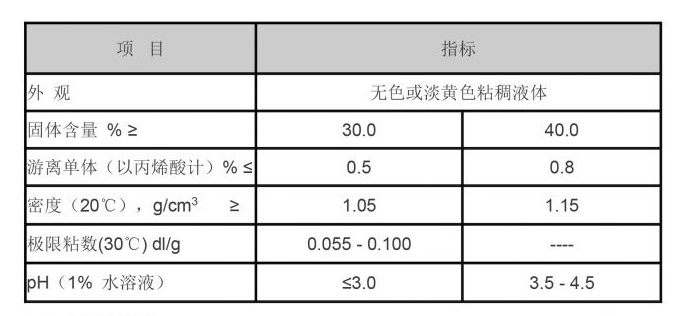poly aluminum chloride
Poly Aluminum Chloride (PAC) is a widely used chemical compound that plays a vital role in various industrial applications, particularly in water treatment processes. As a coagulant, PAC has gained popularity due to its effectiveness in removing impurities from water, making it suitable for both drinking water and wastewater treatment.
.
One of the key benefits of using PAC in water treatment is its ability to create larger flocs, which are aggregates of particles that settle more quickly at the bottom of the treatment tanks. This improved sedimentation rate leads to more efficient filtration and minimizes the need for excessive chemical usage. Additionally, PAC is known for its low residual aluminum levels, which reduces the risk of aluminum-related health concerns, making it a preferred choice in drinking water purification.
poly aluminum chloride

In municipal wastewater treatment, PAC plays an essential role in removing suspended solids, turbidity, and organic matter. Its unique properties help in clarifying water, ensuring that effluent meets regulatory standards before being released into the environment. The application of PAC not only enhances the overall treatment efficiency but also contributes to the sustainability of water resources by promoting recycling and safe disposal practices.
Moreover, PAC is also utilized in various other industries, including paper manufacturing, textiles, and pharmaceuticals. In the paper industry, for instance, it is used as a sizing agent to enhance the quality of paper products. In the textile sector, it serves as a mordant in dyeing processes, ensuring that colors adhere well to fabrics.
In conclusion, Poly Aluminum Chloride is a multifaceted chemical that plays an indispensable role in water treatment and several industrial applications. Its efficiency, safety, and environmental benefits make it a crucial component in ensuring clean and safe water for consumption and industrial use. As global water scarcity continues to rise, the importance of effective water treatment solutions like PAC cannot be overstated.
-
Understanding Polycarboxylic Acids: Properties, Applications, and Future PotentialNewsJul.28,2025
-
Scale Inhibitor Explained: How to Protect Your System from Limescale and Hard Water DamageNewsJul.28,2025
-
Scale and Corrosion Inhibitors: Essential Chemicals for Industrial Water System ProtectionNewsJul.28,2025
-
Polyaspartic Acid: A Biodegradable Polymer for Sustainable ChemistryNewsJul.28,2025
-
Isothiazolinones: A Versatile Antimicrobial Class with Industrial Power and Regulatory ChallengesNewsJul.28,2025
-
A Deep Dive into 2-Phosphonobutane-1,2,4-Tricarboxylic Acid (PBTC)NewsJul.28,2025





